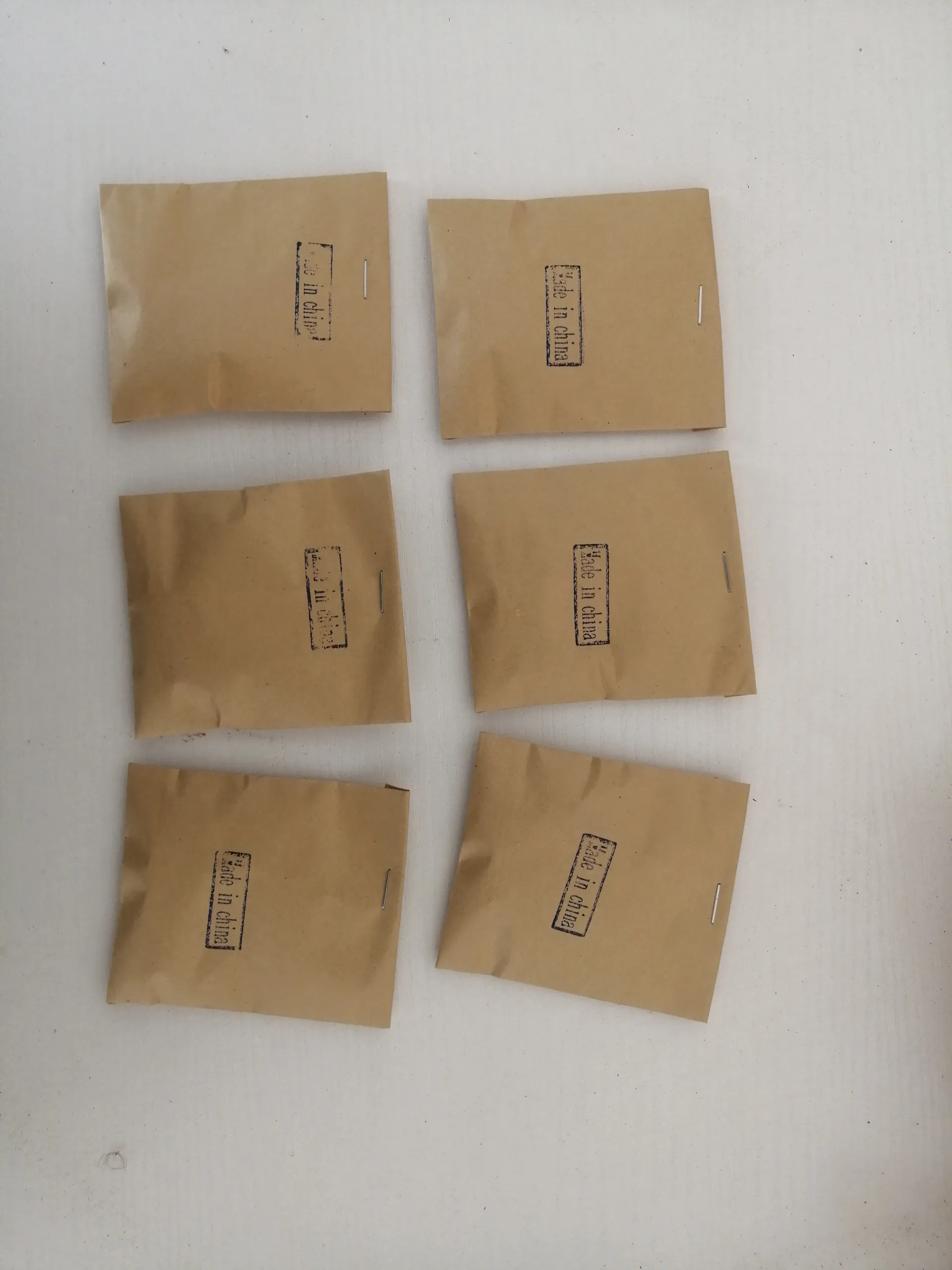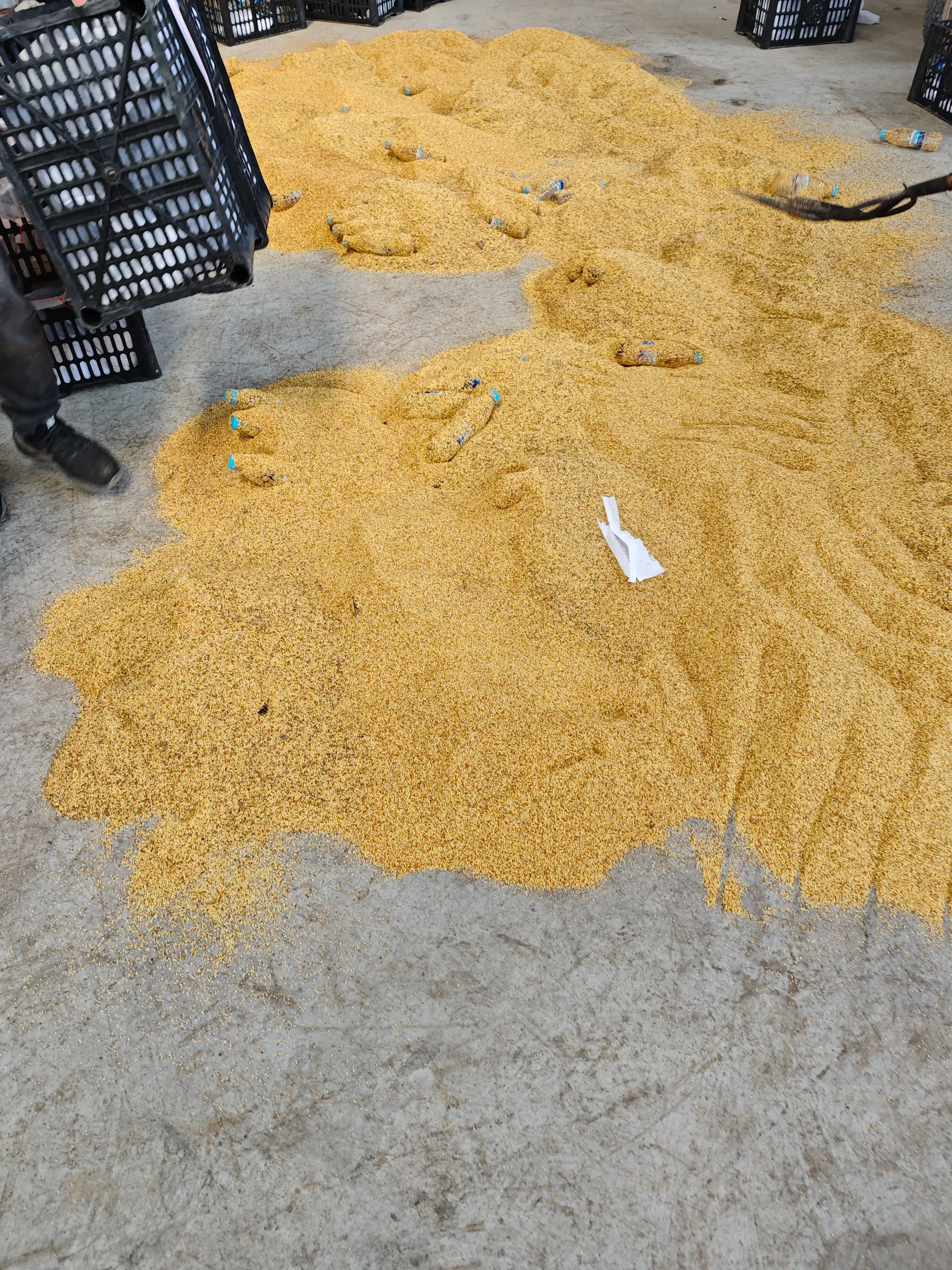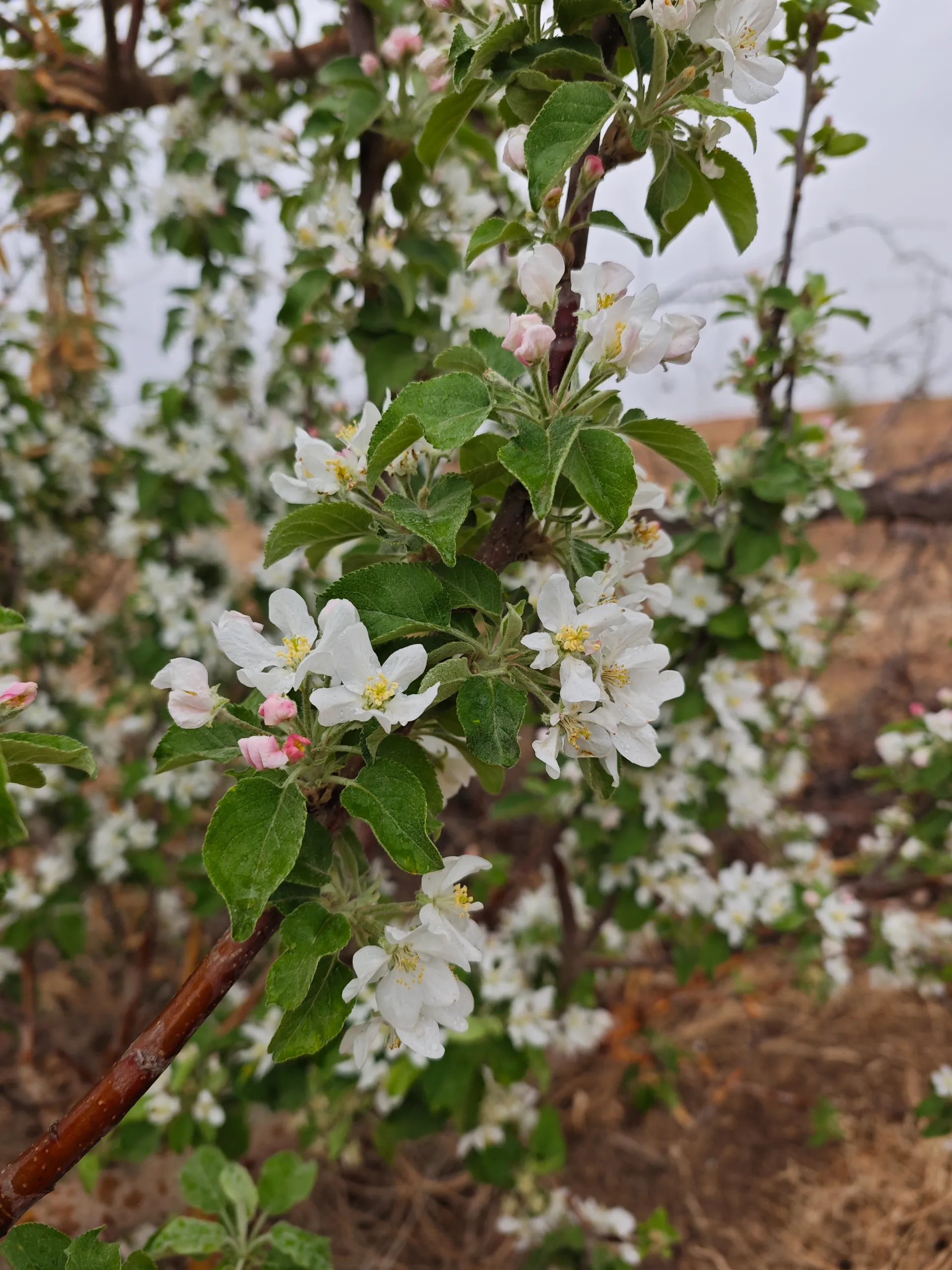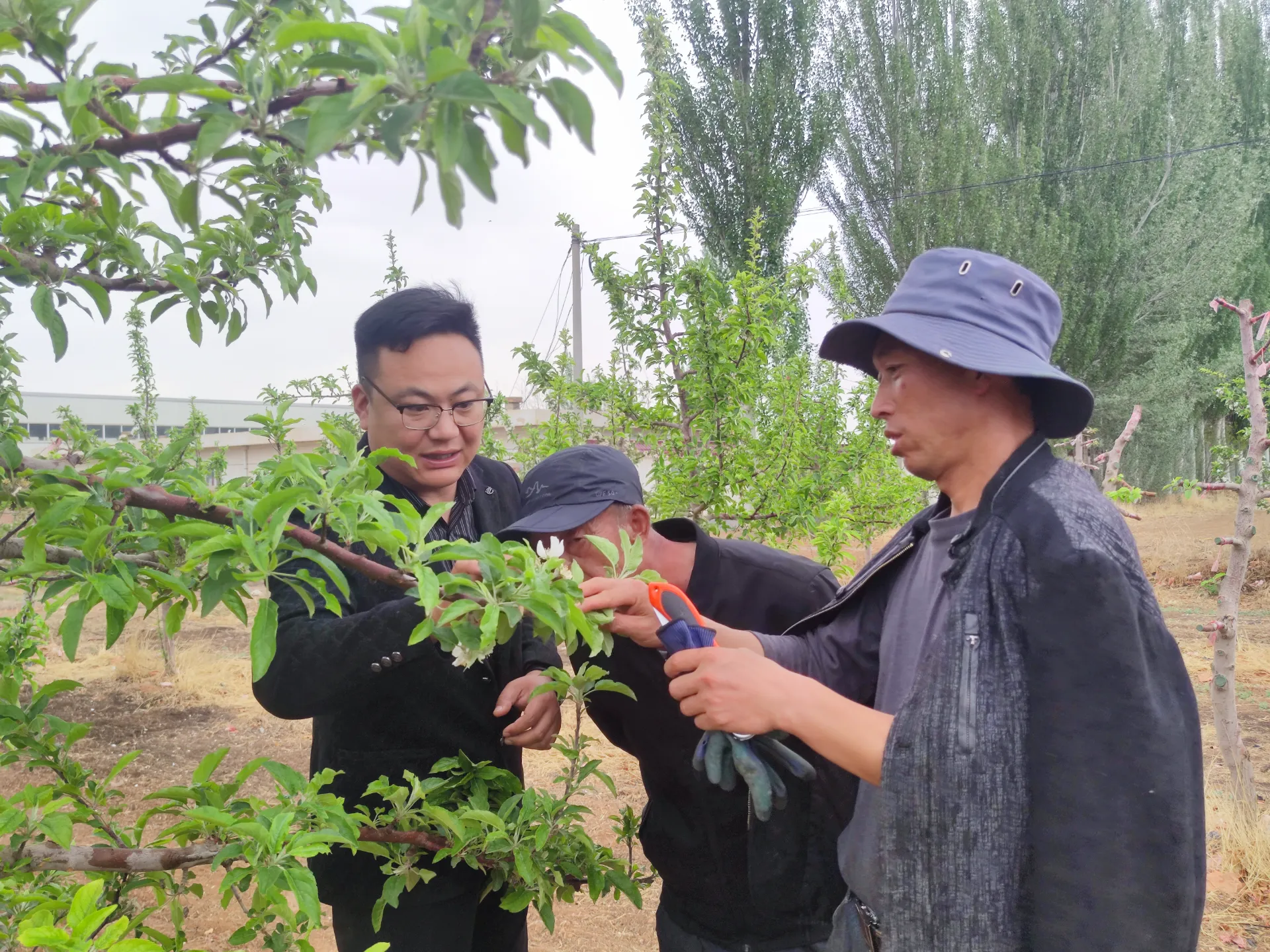Jul . 07, 2025 15:19 Toe fo'i i le lisi
Best Practices for Processing and Buying Apple Tree Pollen
The commercial production of apple tree pollen is a meticulous process that bridges agricultural expertise and scientific precision. As demand grows for reliable apple tree pollen for sale, suppliers must master harvesting and processing techniques to deliver high-viability pollen for orchards, nurseries, and breeding programs. This article outlines industry best practices for producing, preserving, and marketing apple tree pollen at scale, ensuring wholesalers meet the rigorous standards of modern horticulture.

Optimal Timing and Techniques To Buy Apple Tree Pollen
The success of apple tree pollen for sale begins with precise timing. Pollen viability peaks during the late "balloon stage" of blossom development—when flowers are plump but unopened. Harvesting too early yields immature pollen, while delayed collection risks natural dehiscence (pollen release). Growers monitor orchard microclimates closely, as temperature (15–20°C) and humidity (40–60%) directly influence pollen quality.
In large-scale operations, mechanical shakers gently dislodge flower clusters from branches, while smaller producers prefer hand-picking to minimize damage. Flowers are collected in breathable mesh bags to prevent moisture buildup, then transported to processing facilities within 2–4 hours. For suppliers aiming to buy apple tree pollen from third-party growers, establishing clear harvest protocols ensures consistency across batches.

Advanced Processing Methods To Buy Apple Tree Pollen
Post-harvest processing determines whether apple pollen meets commercial viability standards (≥70% germination). Flowers are dried in controlled environments (20–25°C, 30% humidity) for 24–48 hours, allowing anthers to release pollen naturally. Sieving separates grains from debris using mesh screens (100–200 microns), achieving purity levels of 90–95%. Electrostatic separators are increasingly used in high-volume facilities to isolate pollen via static charge, boosting efficiency by 20–30%.
To extend shelf life, freeze-drying (lyophilization) stabilizes pollen by removing 95% of moisture without damaging cell structures. Suppliers catering to buyers who buy apple tree pollen internationally often add lyoprotectants like trehalose to enhance longevity. Processed pollen is then tested via sucrose-agar germination assays, with results documented in Certificates of Analysis (CoA) for transparency.

Packaging and Storage Solutions for Bulk Apple Tree Pollen For Sale
Preserving apple tree pollen for sale requires airtight, moisture-proof packaging. Double-layered aluminum foil bags with nitrogen flushing are the industry standard, blocking oxygen and humidity that degrade viability. Desiccant packets (silica gel or clay) maintain internal humidity below 8%, critical for preventing clumping or mold.
For wholesalers, cryogenic storage at -20°C is non-negotiable. Bulk orders are often shipped in dry ice-cooled containers to maintain sub-zero temperatures during transit. Some suppliers offer "just-in-time" inventory models, storing pollen in their facilities until buyers’ bloom periods begin. This reduces cold-chain costs for orchards that buy apple tree pollen seasonally.

Market Strategies for Apple Tree Pollen for Sale
Positioning apple pollen in competitive wholesale markets demands strategic branding and certification. Key tactics include:
Cultivar-Specific Offerings: Marketing pollen from high-demand varieties like Honeycrisp or Gala, which command premium prices.
Organic Certification: USDA or EU Organic labels attract eco-conscious buyers, though certification costs raise prices by 15–25%.
B2B Platforms: Listing on agricultural marketplaces like AgriExpo or Orchard Network expands global reach.These platforms often provide tools for suppliers to showcase their products, manage inventory, and connect with potential buyers. By leveraging the network of these marketplaces, apple pollen producers can tap into a broader customer base, increasing their sales potential and market share.
Pricing tiers reflect volume and viability. For instance, apple tree pollen for sale with ≥85% germination rates may cost 80–80–120 per gram in bulk, while standard grades (70–84%) range from 50–50–80. Suppliers also bundle pollen with application tools (e.g., electrostatic dusters) to add value for buyers.
FAQ:Addressing Key Questions About Apple Tree Pollen For Sale
How can I verify the quality of apple pollen for sale?
Request a Certificate of Analysis (CoA) detailing germination rates, purity, and moisture content. Reputable suppliers provide third-party lab results.
What is the shelf life of bulk apple tree pollen for sale?
When stored at -20°C in airtight packaging, apple pollen remains viable for 18–24 months. Room-temperature storage reduces viability to 2–4 weeks.
Can apple tree pollen for sale be used to pollinate other fruit trees?
Yes, but cross-pollination success varies. For example, apple tree pollen may fertilize pear blossoms at low rates (10–15%). Compatibility charts are often provided with bulk purchases.
Are there discounts to buy apple tree pollen bulk ?
Many suppliers offer 5–15% discounts for annual contracts or repeat buyers who buy apple tree pollen in volumes exceeding 1 kg.
Does organic apple tree pollen for sale have higher viability?
No. Organic certification focuses on farming practices, not pollen quality. However, organic apple tree pollen for sale often undergoes stricter contamination checks.
From blossom to bulk packaging, every step in producing apple tree pollen demands precision. For wholesalers, mastering these best practices ensures consistent quality, competitive pricing, and long-term partnerships with commercial growers. As orchards expand and hybridization advances, the ability to buy apple tree pollen that meets exacting standards will remain central to agricultural success—proving that even the smallest grains can yield the mightiest harvests.
-
tree-pollen-indoor-contamination
Tala FouAug.22,2025
-
kiwipollen-viability-assessment
Tala FouAug.22,2025
-
cherry-pollen-germination-rates
Tala FouAug.22,2025
-
buy-apple-pollen-online-guide
Tala FouAug.22,2025
-
pear-pollen-harvesting-techniques
Tala FouAug.22,2025
-
understanding-pollen-seasonal-patterns
Tala FouAug.22,2025